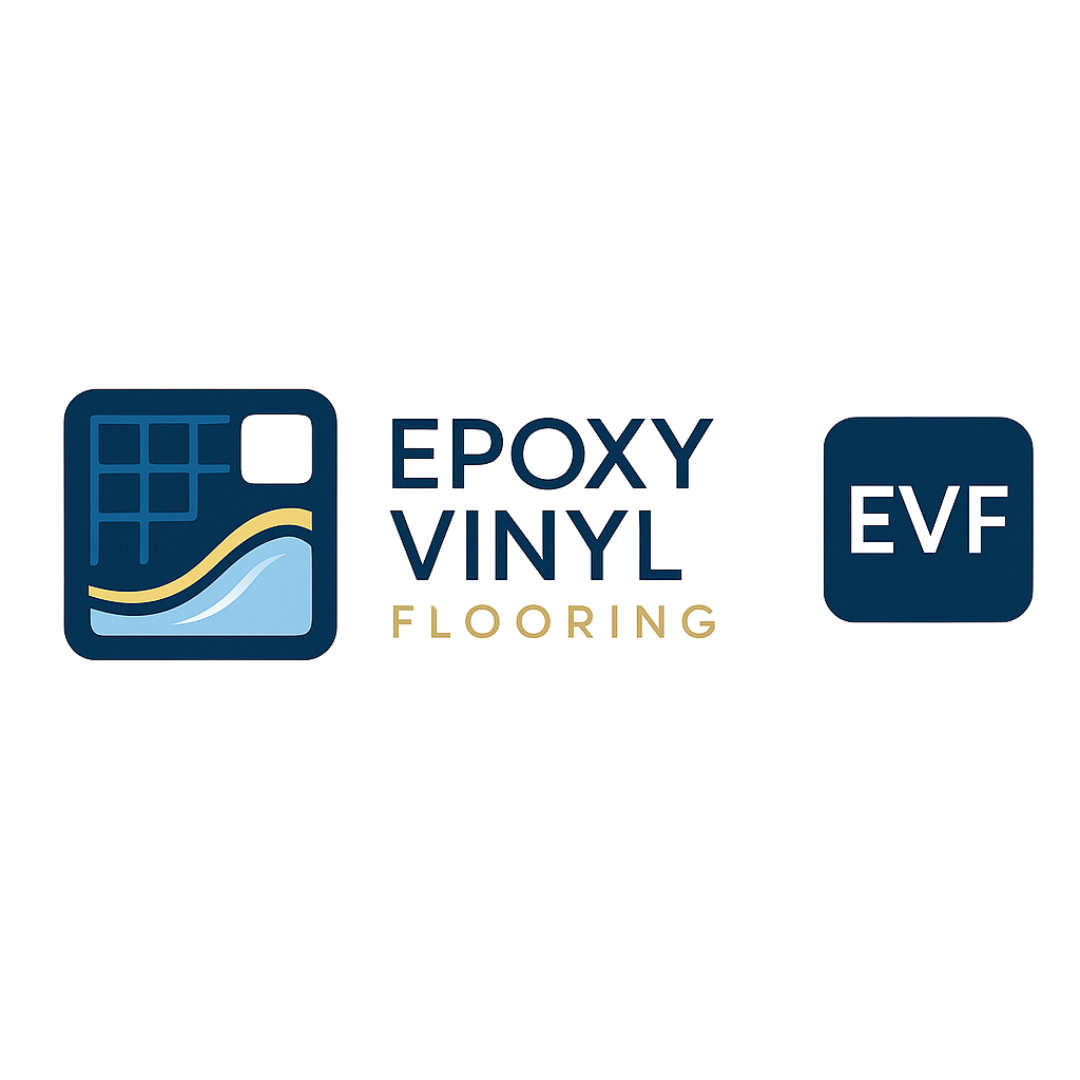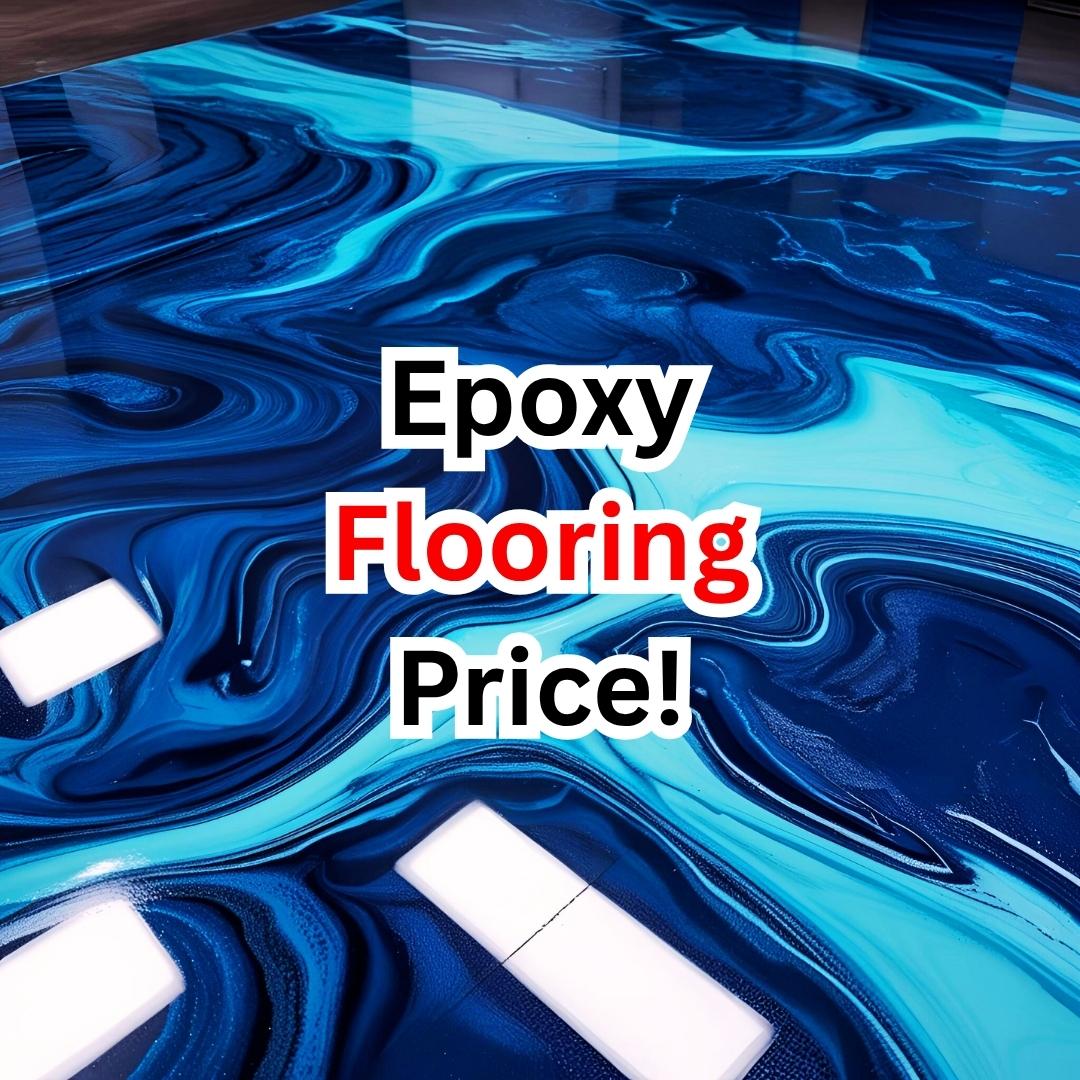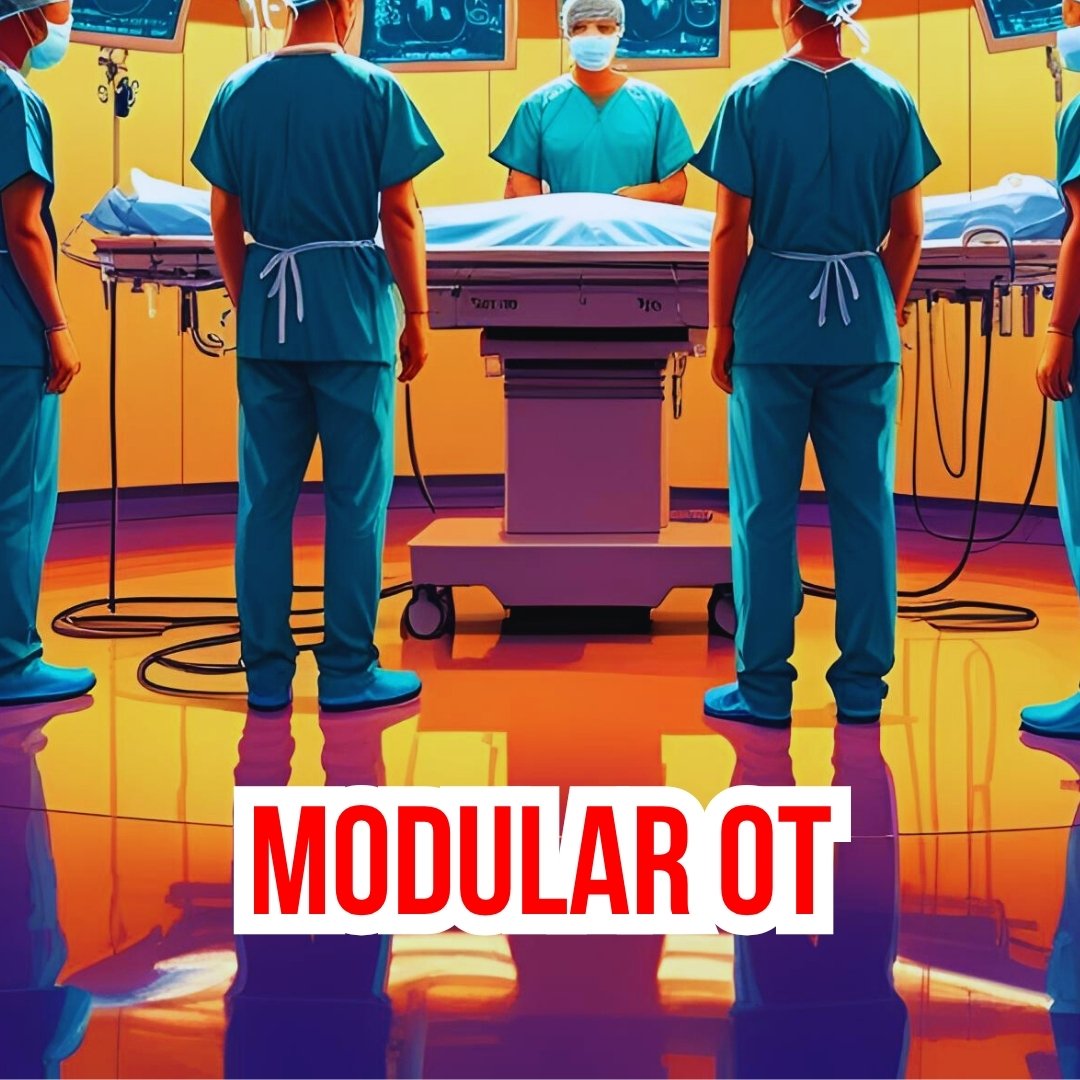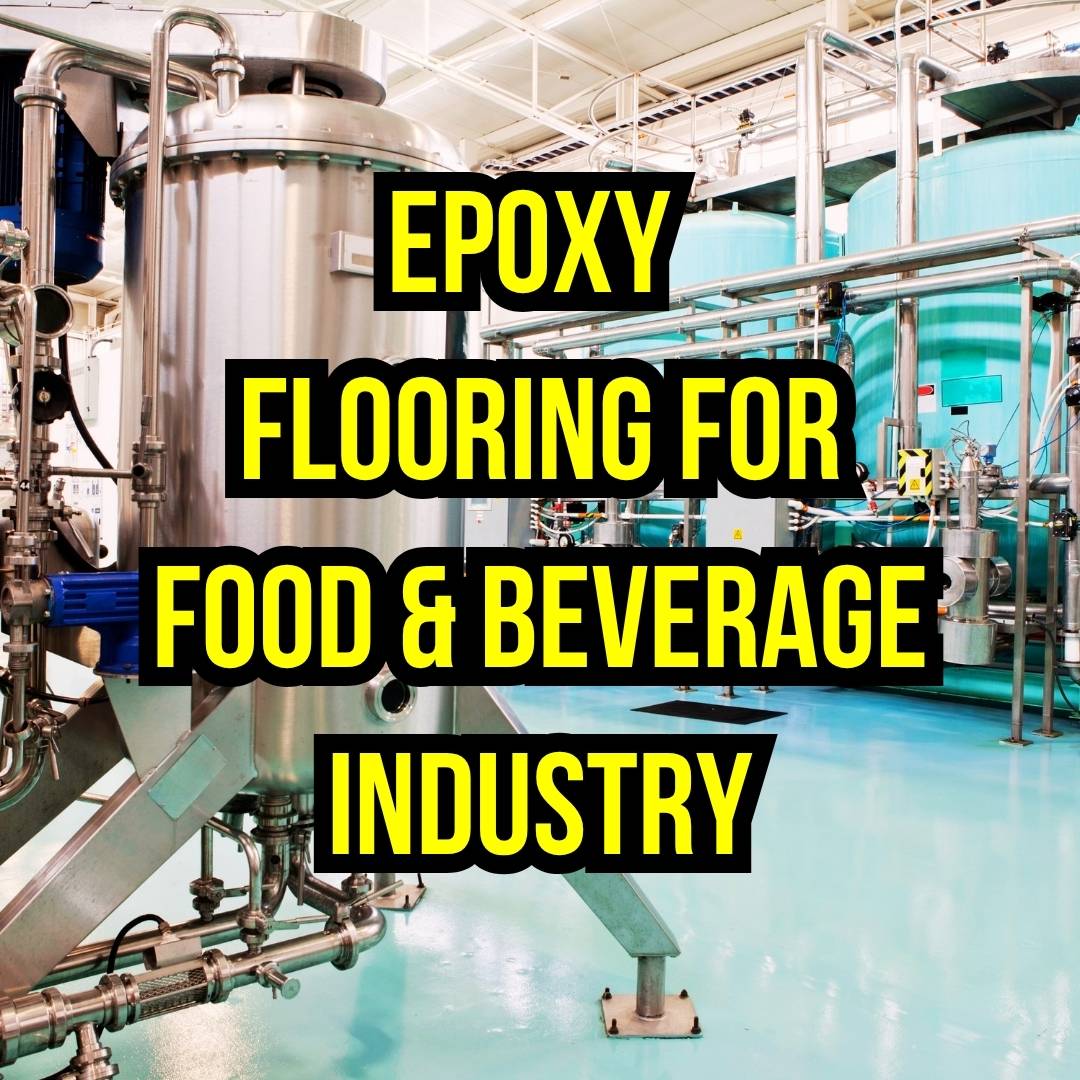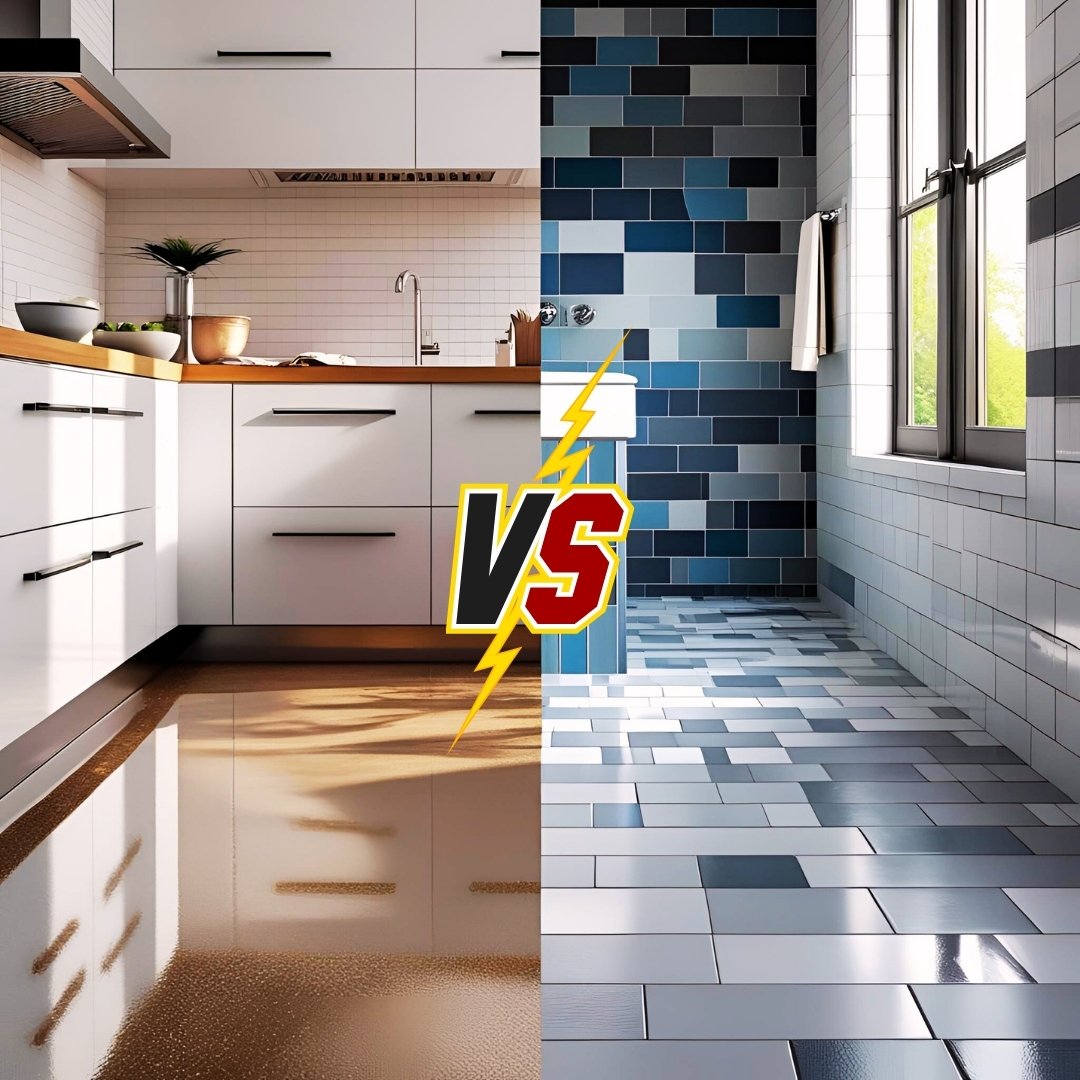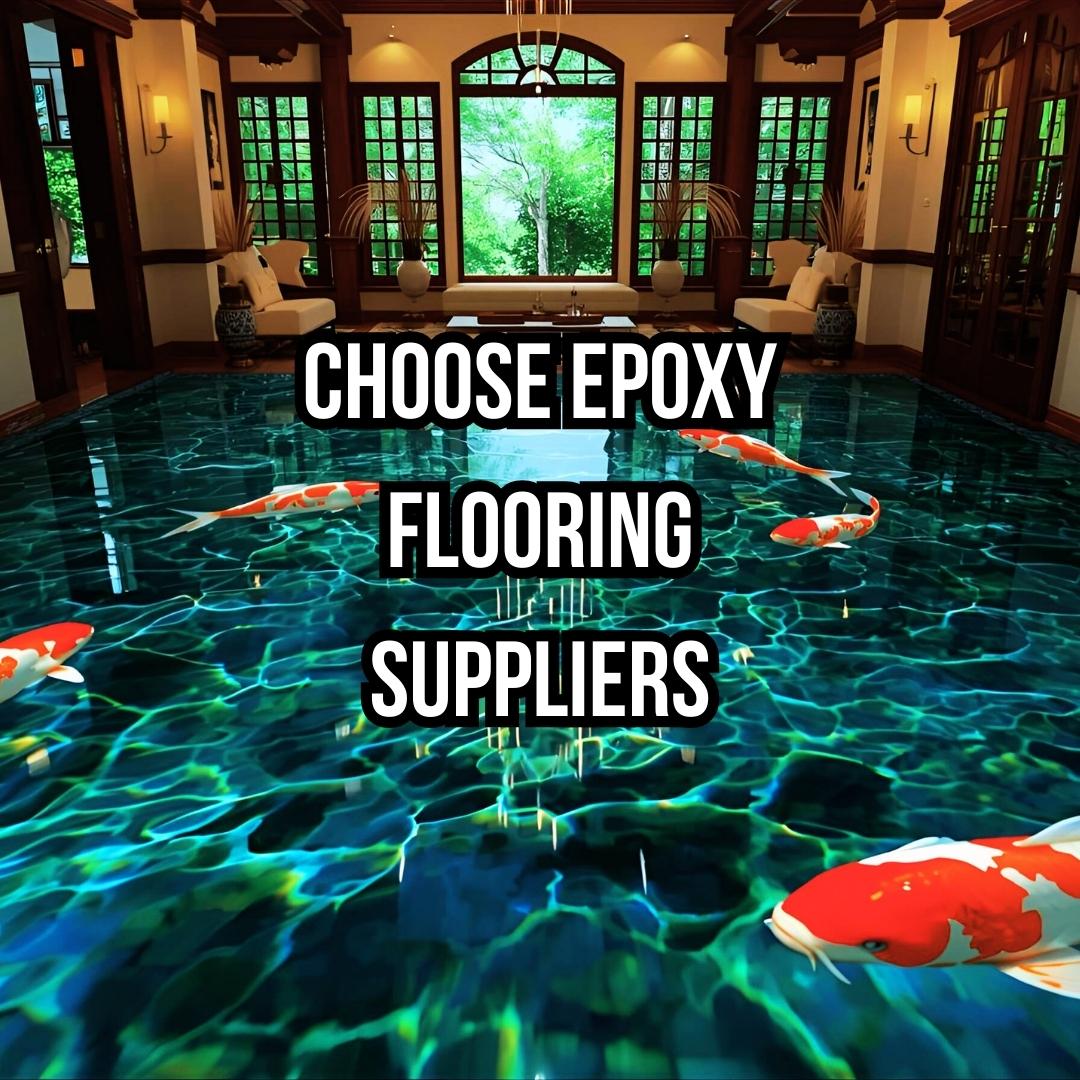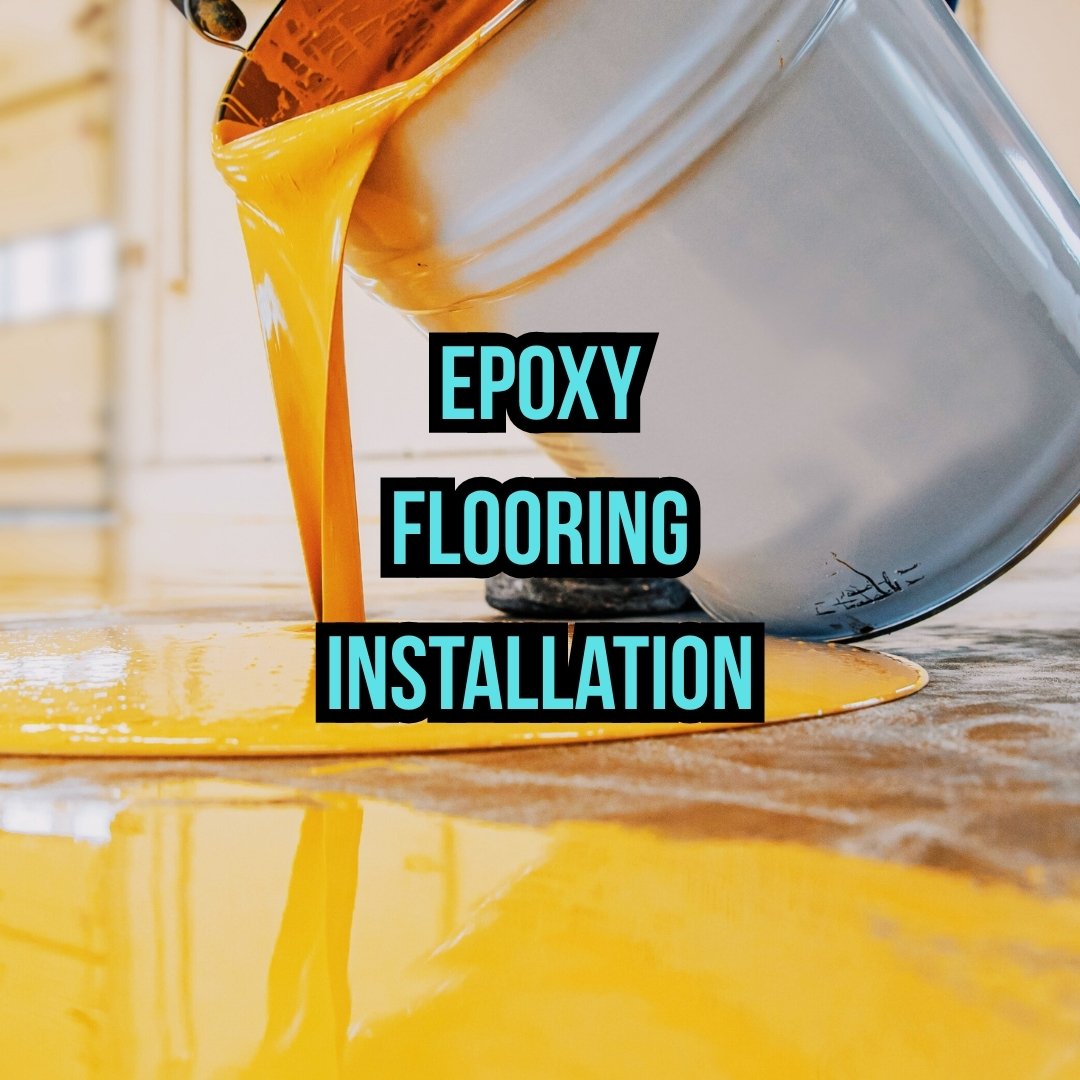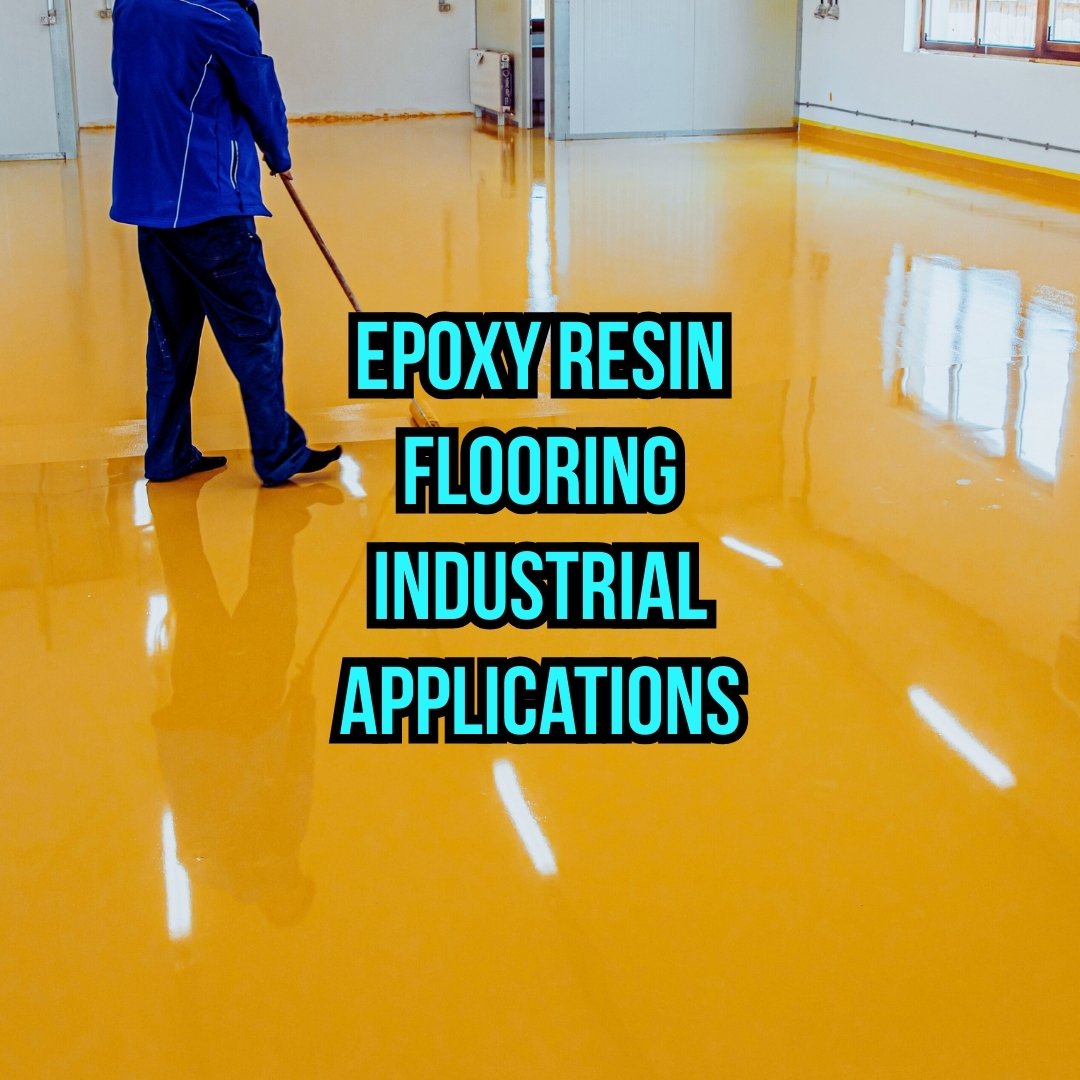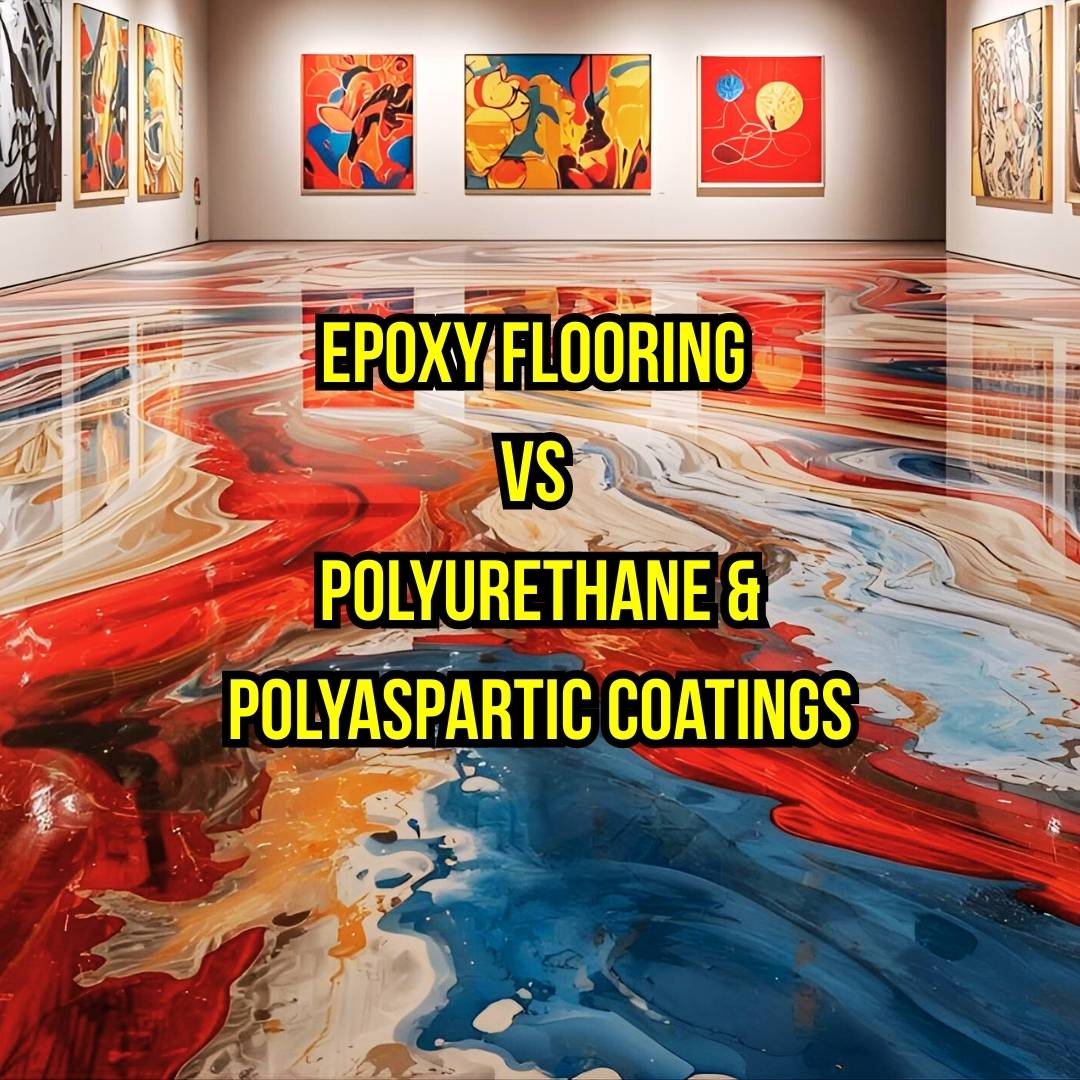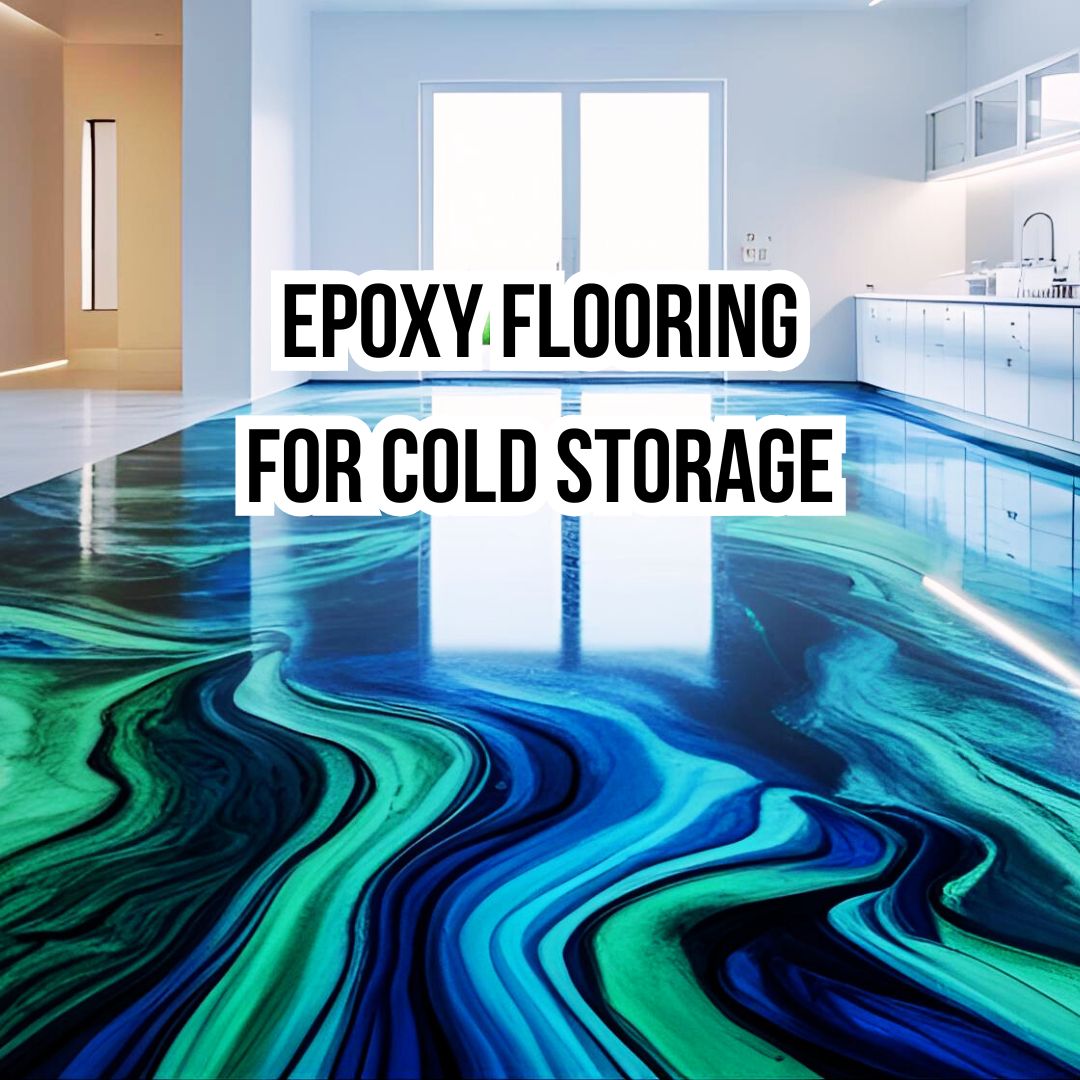
Epoxy flooring has become a go-to solution for both industrial and residential spaces in Ahmedabad, Gujarat, offering durability, aesthetics, and low maintenance. Whether you’re a hospital consultant in Bodakdev aiming for NABH-compliant flooring or a homeowner in Satellite looking to revamp your living space, understanding the epoxy flooring installation process is key to achieving flawless results. At Epoxy Vinyl Flooring, we’ve been transforming spaces across Ahmedabad for years, from pharmaceutical cleanrooms in Vatva GIDC to modern homes in Thaltej. This comprehensive guide walks you through the step-by-step process of installing epoxy flooring, tailored to Ahmedabad’s unique needs, ensuring you make informed decisions for your next project.
What Is Epoxy Flooring?
Epoxy flooring is a seamless, resin-based coating applied over concrete surfaces to create a durable, glossy, and resistant floor. It consists of epoxy resin and a hardener that chemically bond to form a tough, protective layer. Ideal for hospitals, pharmaceutical plants, and homes, epoxy flooring is resistant to chemicals, abrasion, and moisture, making it perfect for Ahmedabad’s humid climate and industrial demands. Unlike tiles, which can crack or stain, epoxy provides a jointless, hygienic surface that’s easy to clean and maintain.
In Ahmedabad, where industries like pharmaceuticals and food processing thrive in areas like Vatva GIDC, epoxy flooring meets stringent standards like WHO-GMP and ISO 9001:2015. For homeowners in Satellite, it offers customizable designs, from sleek metallics to vibrant 3D patterns, enhancing both functionality and aesthetics.
Why Choose Epoxy Flooring in Ahmedabad?
Ahmedabad’s diverse industries and residential needs make epoxy flooring a versatile choice. Here’s why it’s gaining popularity:
- Durability: Withstands heavy foot traffic in commercial spaces like Bodakdev’s hospitals or industrial wear in Vatva GIDC.
- Aesthetic Appeal: Offers glossy, seamless finishes and customizable designs for homes in Satellite.
- Chemical Resistance: Ideal for pharmaceutical cleanrooms and chemical plants, adhering to BIS standards.
- Low Maintenance: Easy to clean, perfect for hygiene-focused environments like modular OTs.
- Cost-Effective: Long lifespan reduces replacement costs compared to tiles or traditional flooring.
Whether you’re upgrading a factory floor or designing a modern home, epoxy flooring delivers unmatched performance in Ahmedabad’s dynamic environment.
Step-by-Step Epoxy Flooring Installation Process
Achieving a perfect epoxy floor requires precision, expertise, and adherence to industry standards. Below is the detailed process our team at Epoxy Vinyl Flooring follows to ensure top-quality results across Ahmedabad.
Step 1: Surface Assessment and Preparation
The foundation of a flawless epoxy floor is proper surface preparation. In Ahmedabad, where monsoon humidity can affect concrete, this step is critical.
- Inspection: Our experts assess the concrete surface for cracks, moisture, or oil stains. In industrial areas like Vatva GIDC, we check for chemical residues that could affect adhesion.
- Cleaning: The surface is thoroughly cleaned to remove dust, grease, or contaminants. We use industrial-grade cleaners and power tools to ensure a pristine base.
- Repairs: Cracks or uneven patches are filled with epoxy putty or cement-based fillers. For older floors in Bodakdev’s commercial buildings, we may grind or shot-blast the surface to achieve a smooth, even texture.
- Moisture Testing: Ahmedabad’s humid climate requires moisture testing to prevent bubbling or peeling. We ensure the concrete is dry and meets industry standards (e.g., BIS for industrial flooring).
Proper preparation ensures the epoxy adheres strongly, guaranteeing longevity and performance.
Step 2: Priming the Surface
Priming creates a strong bond between the concrete and the epoxy coating. This step is crucial for both residential and industrial applications.
- Primer Selection: We choose a high-quality epoxy primer suited to the environment. For hospitals in Bodakdev, we use food-grade or anti-bacterial primers compliant with NABH standards.
- Application: The primer is applied using rollers or squeegees, ensuring even coverage. In Satellite’s residential projects, we opt for low-odor primers to minimize disruption.
- Curing: The primer is left to cure for 6–12 hours, depending on temperature and humidity. Ahmedabad’s warm climate accelerates curing, but we monitor conditions to avoid issues.
Priming enhances adhesion and seals the concrete, preventing future issues like delamination.
Step 3: Mixing and Applying the Epoxy Base Coat
The base coat forms the core of the epoxy flooring system, providing strength and durability.
- Mixing: Epoxy resin and hardener are mixed in precise ratios (typically 2:1 or as per manufacturer guidelines). Our team uses high-speed mixers to ensure a uniform blend, critical for consistent results.
- Application: The mixed epoxy is poured onto the primed surface and spread using notched trowels or rollers. For industrial floors in Vatva GIDC, we apply thicker coats (2–3 mm) to handle heavy machinery. Residential floors in Satellite may use thinner, self-leveling epoxy for a sleek finish.
- Leveling: Self-leveling epoxy naturally spreads to create a smooth, glossy surface. We use spiked rollers to remove air bubbles, ensuring a flawless finish.
This step requires skilled applicators to achieve uniform thickness and avoid patchiness, especially in high-traffic areas.
Step 4: Adding Decorative or Functional Layers (Optional)
For aesthetic or specialized needs, additional layers can enhance the floor’s appearance or performance.
- Metallic Epoxy: Popular in Satellite’s luxury homes, metallic epoxy creates a 3D, marbled effect. Pigments are added to the base coat and manipulated for unique designs.
- Anti-Slip Additives: In Vatva GIDC’s factories or hospitals, we incorporate silica or quartz aggregates to improve traction, meeting safety standards.
- Color Flakes or Chips: For commercial spaces in Bodakdev, decorative flakes add texture and hide imperfections while maintaining a professional look.
These customizations make epoxy flooring versatile for both residential and industrial applications in Ahmedabad.
Step 5: Applying the Topcoat
The topcoat seals the epoxy system, adding protection and shine.
- Topcoat Selection: We use polyurethane or clear epoxy topcoats for durability and UV resistance. For pharmaceutical cleanrooms in Vatva GIDC, we choose chemical-resistant topcoats compliant with WHO-GMP.
- Application: The topcoat is applied thinly and evenly, ensuring a glossy or matte finish based on client preferences.
- Curing: The final layer cures for 24–48 hours. In Ahmedabad’s climate, we control ventilation to prevent dust settling during curing.
The topcoat enhances resistance to scratches, chemicals, and wear, ensuring the floor’s longevity.
Step 6: Final Inspection and Handover
Quality control is non-negotiable for a perfect epoxy floor.
- Inspection: Our team checks for imperfections like bubbles, unevenness, or discoloration. We use gloss meters and adhesion tests to ensure compliance with standards like ISO 9001:2015.
- Cleaning: The floor is cleaned to remove any residue, leaving a polished, ready-to-use surface.
- Client Walkthrough: We guide clients through the finished floor, explaining maintenance tips tailored to Ahmedabad’s conditions, such as handling monsoon humidity.
This step ensures the floor meets both aesthetic and functional expectations, whether for a hospital in Bodakdev or a home in Satellite.
Tips for a Successful Epoxy Flooring Installation in Ahmedabad
- Choose Experienced Contractors: Ahmedabad’s market has many providers, but expertise matters. Look for contractors with a proven track record in industries like pharmaceuticals or healthcare, like Epoxy Vinyl Flooring.
- Consider Local Climate: Monsoon humidity can affect curing. Schedule installations during drier months or ensure proper ventilation.
- Customize for Purpose: Select the right epoxy type (e.g., self-leveling for homes, heavy-duty for factories) based on your needs.
- Verify Compliance: For hospitals or cleanrooms, ensure the flooring meets NABH or WHO-GMP standards. For industrial floors, check BIS compliance.
- Plan for Maintenance: Regular cleaning with mild detergents keeps epoxy floors pristine. Avoid abrasive cleaners to maintain the gloss.
Benefits of Epoxy Flooring for Ahmedabad’s Industries and Homes
- Hospitals and Cleanrooms: Seamless, hygienic surfaces meet NABH and WHO-GMP standards, ideal for Bodakdev’s healthcare facilities.
- Industrial Facilities: Chemical and abrasion resistance suits Vatva GIDC’s pharmaceutical and chemical plants.
- Residential Spaces: Customizable designs and easy maintenance appeal to Satellite’s homeowners.
- Cost Efficiency: Prices range from ₹50–₹150 per sq ft in Ahmedabad, offering long-term value compared to tiles (₹80–₹200 per sq ft).
FAQs About Epoxy Flooring in Ahmedabad
1. How long does epoxy flooring last?
Epoxy flooring typically lasts 10–20 years with proper maintenance, depending on usage. Industrial floors in Vatva GIDC may last 10–15 years under heavy traffic, while residential floors in Satellite can exceed 20 years with regular care.
2. How much does epoxy flooring cost in Ahmedabad?
Costs range from ₹50–₹150 per sq ft, depending on the type (e.g., self-leveling, metallic) and thickness. Industrial projects in Vatva GIDC may cost more due to specialized coatings, while residential floors in Satellite are often more affordable. Contact us for a precise quote
3. Is epoxy flooring good for homes in Ahmedabad?
Yes, epoxy flooring is excellent for homes, offering durability, easy cleaning, and stunning designs like 3D or metallic finishes. It’s ideal for Satellite’s modern apartments, resisting wear and monsoon-related moisture.
4. How does Ahmedabad’s monsoon affect epoxy flooring?
Ahmedabad’s high humidity can slow curing or cause bubbling if not managed. Professional contractors like Epoxy Vinyl Flooring use moisture barriers and proper ventilation to ensure a flawless finish, even during monsoons.
5. Can epoxy flooring be applied over existing tiles?
Yes, epoxy can be applied over tiles after proper surface preparation, such as grinding or priming. This is a cost-effective option for homeowners in Satellite looking to upgrade without removing existing floors.
6. How do I maintain epoxy flooring?
Clean with mild detergent and water regularly. Avoid harsh chemicals or abrasive tools. For industrial floors in Vatva GIDC, periodic resealing may be needed to maintain chemical resistance.
Conclusion: Transform Your Space with Epoxy Flooring in Ahmedabad
Epoxy flooring is a game-changer for Ahmedabad’s diverse needs, from hygienic hospital floors in Bodakdev to stylish residential spaces in Satellite. By following the precise installation process—surface preparation, priming, base coat application, optional layers, topcoating, and inspection—you can achieve a durable, stunning floor that lasts for decades. At Epoxy Vinyl Flooring, we specialize in delivering tailored solutions for industries and homes across Ahmedabad, adhering to standards like ISO 9001:2015 and WHO-GMP.
Ready to elevate your space? Contact us today for a free consultation! Reach out via WhatsApp at +91-9274313580 or email amit@aumindustriesmfg.com to discuss your project. Let’s create a flooring solution that meets your needs and exceeds expectations.

